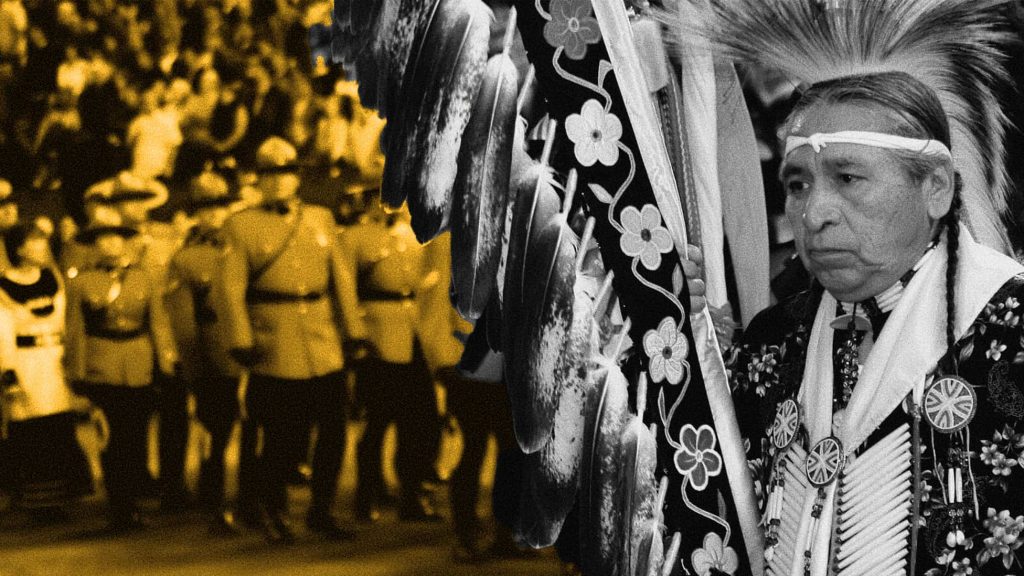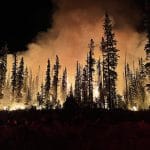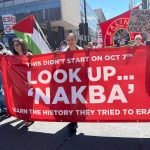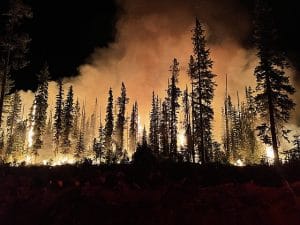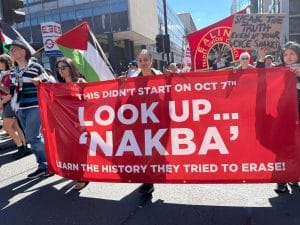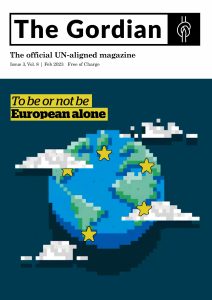How do the enduring land struggles of Palestinians, Māori, Sami and First Nations define the modern state?
In an era where borders are drawn and redrawn, the quest for a homeland remains fraught with strife for many. Nation-building, the process of constructing a national identity and establishing political and social structures, is pivotal in this quest. It is not just about hotly-debated independence stories or drawing lines on a map; it involves acknowledging diverse histories, cultures and rights to create a cohesive and inclusive society. This is crucial for ensuring peace, stability and progress.
Cultural resilience in Canada, treaty negotiations in New Zealand, the defence of Arctic pastures by the Sami and the interplay of history and rights in Israel-Palestine — each of these scenarios paints a vivid picture of nation-building.
Israel-Palestine enduring conflict
On October 7, Hamas carried out a deadly operation on Israel, which the Israeli government described as the “worst massacre of Jews since the Holocaust”, resulting in over 1,400 civilian deaths and 200 hostages on the Israeli side. In response, Israel declared war, conducting constant air strikes and blocking supply lines of basic necessities to the Gaza population. As of November 8, Palestinian authorities have reported that 10,515 individuals in Gaza have perished, with children accounting for nearly half of the victims. A humanitarian crisis is escalating as Israel tightens its hold on the territory.
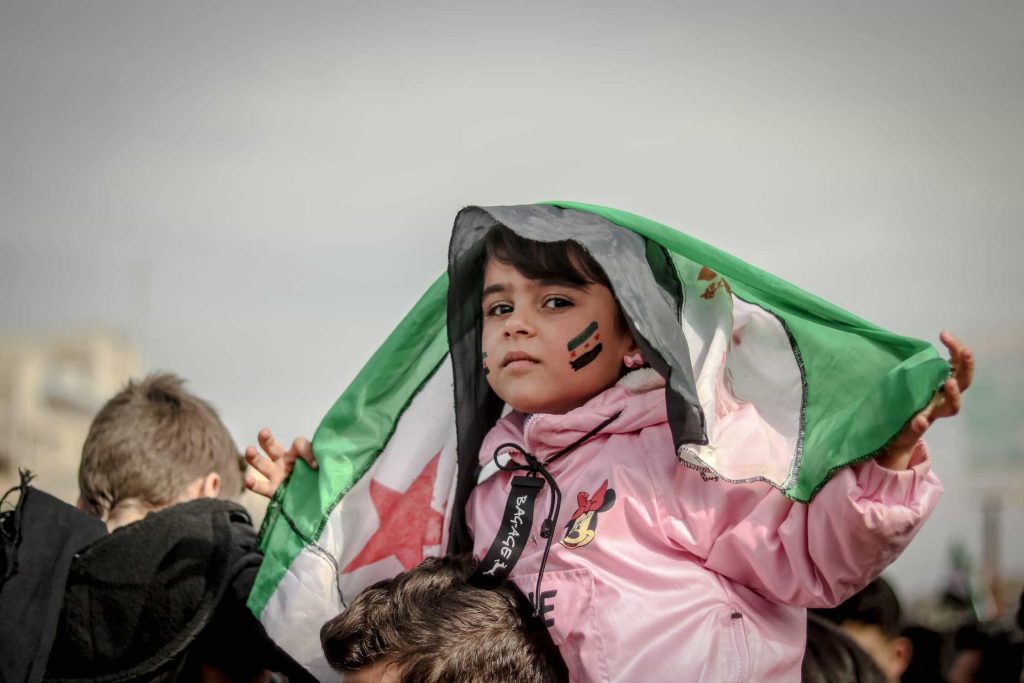
Examining historical claims is essential for understanding the tensions between the two sides. Palestinians assert their historical connection having lived in those lands for countless generations, while Jewish claims are rooted in ancient and religious traditions that were born and nurtured in those territories from the dawn of their history until the diaspora.
Significant historical milestones, such as the 1917 Balfour Declaration issued by Britain sought to establish “a national home for Jewish people” in Palestine, leading to the drive for sole sovereignty over a nation that was predominantly Arab.
The conflict’s complexity is tied to political representation, influencing nation-building and conflict resolution. Discriminatory measures in Israel’s government (Knesset) limit the expression rights of Palestinians. The 2018 nation-state law established Israel as the state of the Jewish people, reinforcing inequality, integration and impacting resource allocation for Palestine.
International law plays a pivotal role in recognising indigenous and minority claims during nation-building. The 1993 Oslo Accords, an agreement between Israel and the Palestine Liberation Organisation (PLO) established a Palestinian Authority (PA) which provided limited self-governance over parts of the West Bank and the Gaza strip. However, it failed to adequately address crucial issues like indigenous land and Palestinian rights, leading to unresolved conflicts and societal discord.
Various peace efforts have attempted to find a lasting resolution but have failed due to regional power dynamics and global influence, risking a wider regional conflict in the Middle East. For example, the 2000 Camp David Summit between US president Bill Clinton, Israeli prime minister Ehud Barak and the PA chairman Yasser Arafat failed to reach a final agreement. Additionally, the 2002 Roadmap for Peace presents the vision of the two states, Palestinian and Israeli, living side by side in peace and security. This, despite the difficulties involved, remains the best hope for a lasting solution to the conflict.
Māori rights and recognition
The ongoing conflicts faced by the Māori people in New Zealand highlight the challenges in recognising indigenous claims in nation-building endeavours. Their historical claims to ancestral lands originated 800 years ago and clashed with European colonisation, creating struggles for rights, land ownership, cultural heritage as well as political autonomy.
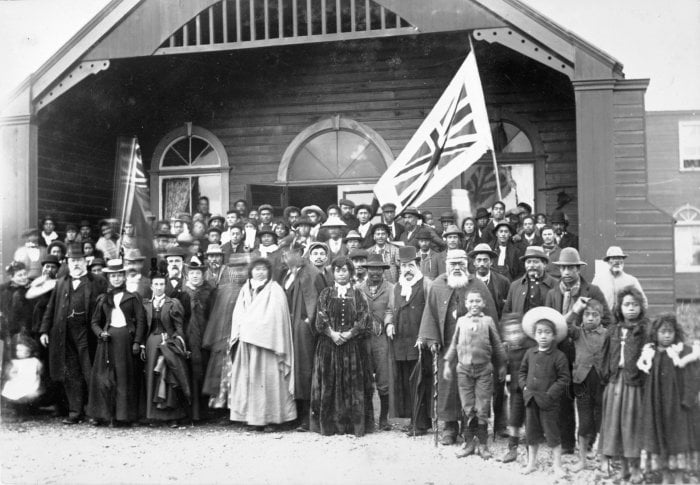
New Zealand has made commendable progress in acknowledging the Māori’s rights and cultural significance, granting them a degree of territorial autonomy through settlements and governmental partnerships.
Political representation acts as a catalyst for positive change thus empowering the Māori people in decision making processes and increasing the nation’s social cohesion. The Māori Representation Act in 1867 allotted four seats for Māori members, however this was still not proportional to their population, therefore in 2018 it increased to 29 Members of Parliament with Māori background. This aimed to foster integration and social cohesion within New Zealand.
International legal mechanisms, notably the 1840 Treaty of Waitangi, paved the way for a nation state and was an agreement between the British Crown and Māori to build a British government giving Māori the ownership of their lands. Moreover, the United Nations Declaration on the Rights of Indigenous Peoples (UNDRIP), has significantly reinforced Māori rights, which has fostered harmony between indigenous and non-indigenous communities.
Despite these efforts, debates persist regarding the interpretation of the 1840 Treaty of Waitangi. In recent years there has been a division between Māori and others, concerning the balance between indigenous rights and democracy in the nation.
Sami arctic struggles
The ongoing conflicts involving the Sami people and the Israel Palestine situation reveal shared struggles for indigenous rights and cultural preservation within the context of nation-building efforts. Both indigenous communities leveraged historical claims to their lands, the Sami in Arctic regions and Palestinians in Palestine. They have both experienced and confronted discriminatory policies that threatened their way of life; in regard to the Sami, this affects their livelihood, which revolves around reindeer herding, fishing and hunting.
Nation-building efforts for the Sami, as with similar groups, are hindered by limited political representation and fragmented political structures. However, efforts have been made to empower the Sami community leading to the establishment of Sami parliaments in 1999. This serves as vital bridges between Sami communities and governments.
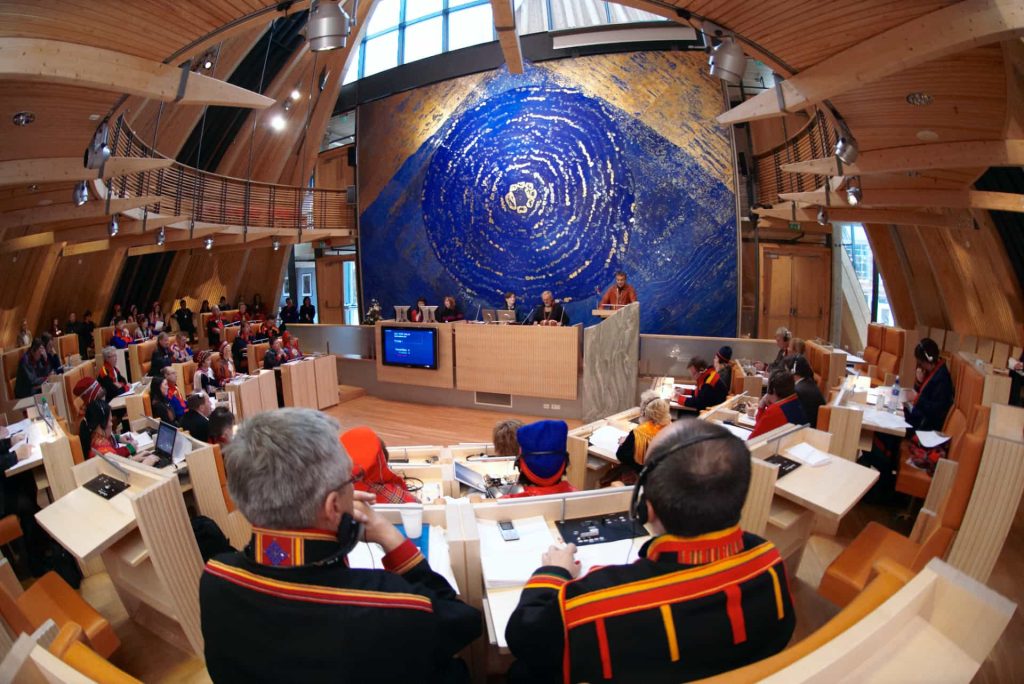
The Sami parliaments showcase the resilience and cultural richness of the Sami people, demonstrating how Indigenous governance can thrive in the modern era. However, despite their endeavours in education, cultural, and environmental protection, debates over land use and the forced assimilation of the Sami still stand.
The contemporary struggle for resources and pressure of global economic demands has driven profit-driven industries to clear and log forests located in the Sami land for timber. This exploitation threatens one of Europe’s most indigenous communities, eroding their identity, land, and culture through endangering species such as lichen, a vital source of food for reindeer.
Sami leaders say that their right to self determination and identity is being seized by a lack of progress on land rights. This diverts their attention from other serious environmental issues that also threaten their way of life and their very existence. The pressure of the green energy transition and the attractiveness of the open northern tundra increases pressure on the Sami community. Finding a balance between economic development and the preservation of indigenous heritage is crucial in resolving the conflicts faced by the Sami people.
First nations identify quest
The conflicts between First Nations in Canada and those facing Palestinians share similarities. In both cases, historical claims underpin the conflicts, with indigenous peoples asserting their connections to their ancestral lands through cultural practices and religious traditions. These claims have been critical in justifying their presence and shaping international recognition. However, dismissals of these assertions have fuelled tensions and ongoing disputes.
These challenges in political representation impact nation-building and conflict resolution. This is exemplified by Canada’s treatment of its indigenous populations, characterised as “cultural genocide” by the Truth and Reconciliation Commission of Canada in 2015. In 1920, Duncan Campbell Scott, the Canadian Deputy Superintendent General of Indian Affairs, stated the government’s policy: “Our objective is to continue until there is no Indian question, and no Indian Department.” They thus expected that this minority group would eventually disappear.This restricted the autonomy of First Nations communities, limiting their authority over indigenous territories, and essential services like education and healthcare. Here too, then, the resulting inequitable socio-political landscape exacerbates conflicts and hinders an inclusive nation.
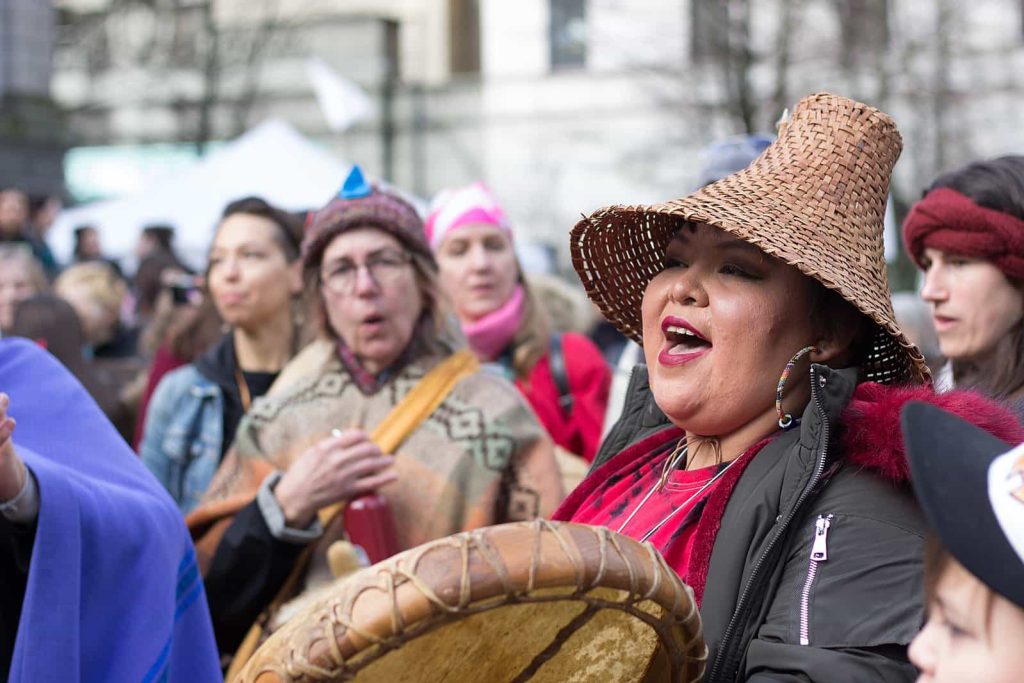
Historic peace efforts, such as the 1899 Treaty 8, are significant as they illustrated attempts at lasting resolutions with the colonial government who promised to protect their rights to hunt, fish and trap. The 1973 Calder case played a crucial role in recognising indigenous claims and emphasised the first recognition of First Nations’ historical claims to the land. However, implementation challenges persist due to historical injustices and territorial disputes.
Similar to many other treaties in Canada, these have been a subject of ongoing debate and legal interpretation concerning the rights and responsibilities of both Indigenous peoples and the Canadian government. Today, systemic discrimination persists and there is a lack of support for First Nations in adapting to the growing concern of food scarcity related to the impacts of climate change.
In conclusion, the histories and ongoing struggles of indigenous and minority groups in nation-building processes across various regions, from the Palestinians and Māori to the Sami and First Nations, highlight the critical importance of recognising and integrating their distinct rights and cultural identities. These examples underline why nation-building that is inclusive of minorities is not just an idealistic pursuit but a necessity for creating peaceful, stable, and equitable societies. As these groups strive for recognition and representation, their struggles serve as a reminder of the need for a more inclusive approach to nation-building that respects diversity and fosters genuine harmony.


